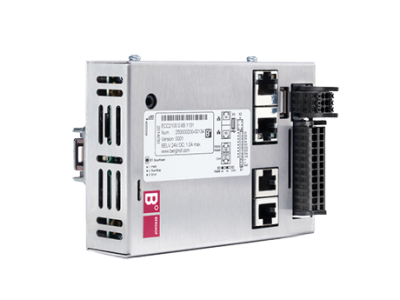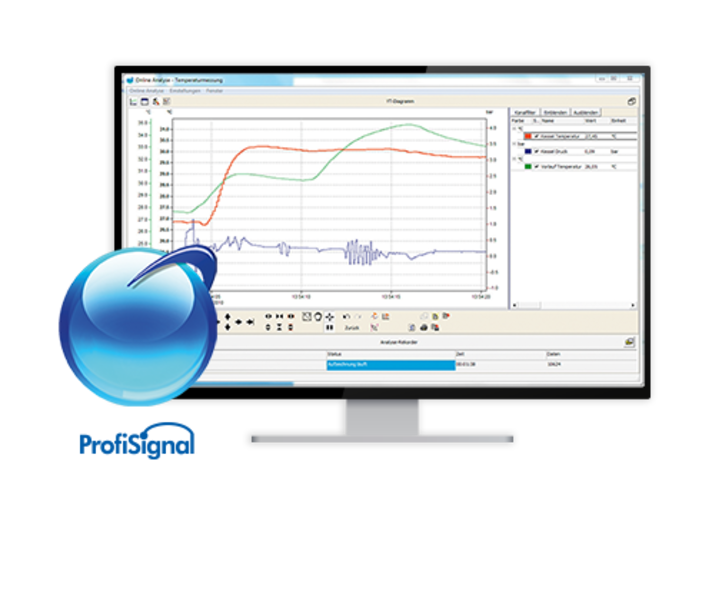By Kris Bagadia, PEAK Industrial Solutions
The statistics are startling. Up to 80% of Computerized Maintenance Management System implementations have failed in the past. When considering the costs associated with a CMMS project, an 80% failure rate is a tough number for any company to overcome. But, with simple steps for a well thought-out implementation plan, anyone can harness the full potential that a CMMS can bring to an organization.
The following is an introduction to the steps you can take to ensure your CMMS implementation is a success.
1. Determine the scope of your project
Rushing to purchase a CMMS package often leads to a rush to implement. Stop and think before you buy. One of the top five reasons for implementation failure is wrong CMMS selection. You need the right CMMS for your application, and the scope needs to be defined before you select the package.
What exactly are you looking for your CMMS to do? What modules are critical to your business now: equipment, preventive maintenance? Can some modules such as purchasing wait a while? How do you see your company using CMMS after two years? How about after five years? Will you be interfacing it with other systems or using mobile technology in the future?
2. Get management commitment
Often, executive management doesn’t have a clear concept of CMMS and what types of initial and on-going resources must be committed to the project. Aside from the software acquisition cost, there are on-going costs for maintenance, training, data gathering and data entry to name a few.
Make sure these costs are included in the project estimate to give upper management a full picture of the time and budget required for your project. This will help you to receive their commitment for the full project.
3. Plan your project
Think about your implementation from start to finish. What are the key milestones? Determine who will be implementing CMMS, who will be gathering data and what types of data they will be gathering. Figure out a part numbering scheme, an equipment ID scheme, location schemes and labor and material charge accounts. Define code tables as a team during the planning phase such as work order type, work order status and completion remark codes. This initial planning can reduce a lot of confusion later.
4. Prepare for change
Don’t make the assumption that all your employees will welcome CMMS with open arms. Employees may see CMMS as a tool that will replace them in the future, and workers are fearful of anything that may put them out of work. It’s important to get all your employees involved early, publish informational memos about the change and hold question and answer sessions to get employee input so workers take ownership in the project and are excited about the positive changes CMMS can bring.
What obstacles can your current maintenance workers visualize in terms of data gathering and data entry? Are certain workers resistant to the change? One resistant worker now can cause unnecessary obstacles later leading to failure.
5. Training
CMMS is a sophisticated application and will require training for all employees using the system. Don’t make the mistake of underestimating your training requirements. There will need to be initial software training from the CMMS vendor, and on-going (or internal) training for your employees. Every organization implements CMMS in a different way, and your employees need training on your specific CMMS use.
Training employees on the way your company uses terminology is important – the distinction between a “bulb,” a “light” and a “compact florescent” may seem like splitting hairs now, but can lead to confusion and purchasing errors down the road. As new employees are hired, they will need training too. Timing of training is also important. Training should be done as close to the actual implementation as possible.
6. Data gathering, entry
Gathering all the necessary and useable data your employees will need to enter into the CMMS is usually the biggest culprit in any implementation project failure. Effectively gathering all the data will usually require 6-12 months of committed manpower resources.
Determining what data will be gathered such as equipment model, serial numbers, cost, warranty data, preventive maintenance, procedures, frequencies and parts information, and how that data will be gathered are key components of your implementation plan.
You’ve planned out your implementation, purchased your system and gathered your data. Having a solid plan for how to enter the data into the system will deter confusion later.
Initially, there is a massive amount of work required for entering all the data you have gathered. Who will do this job? There are outside contractors to consider, current employees to tap or temporary hires. Fortunately, this large amount of work needs to be done only once.
Next, you need to determine the best method of entering the necessary day-today information the CMMS will manage. Should an administrative assistant enter completed work orders at the end of the day or should each maintenance technician enter their own completed work orders? Think each possible solution out to determine the pros and cons of your specific situation.
7. Follow-up and continuous improvement
Don’t just use the CMMS as a recordkeeping tool to keep lists of your assets and their parts. Spreadsheets can do that. Make sure you know the full functionality of the CMMS, and plan ways to improve your use of it in the future. CMMS gives you the ability to look at a massive amount of data that can be tracked. Is someone looking at the data? How can you look at trends, analyze them and take corrective action?
For example, are there failures with a specific piece of equipment or a part? A CMMS can help you determine why those failures are occurring. Are you constantly monitoring and improving upon your maintenance operation?
Keep watching for additional information and strategies to use when following these steps for your successful CMMS implementation.
Kris Bagadia is a consultant and an educator with PEAK Industrial Solutions, LLC, Milwaukee, WI, (262) 783-6260.
Griežtai draudžiama paskelbtą mūsų medžiagą ir informaciją panaudoti arba platinti kuriuo nors pavidalu be UAB „Inobalt“ sutikimo, o jei sutikimas gautas, būtina nurodyti UAB „Inobalt“ kaip šaltinį ir nurodyti internetinę svetainę http://www.inobalt.lt. Dėl sutikimo gavimo, kreipkitės el. paštu info@inobalt.lt.













